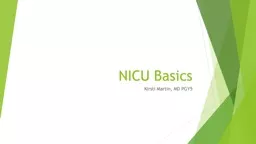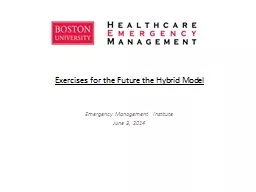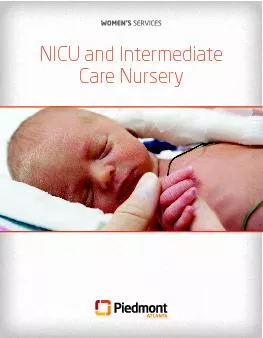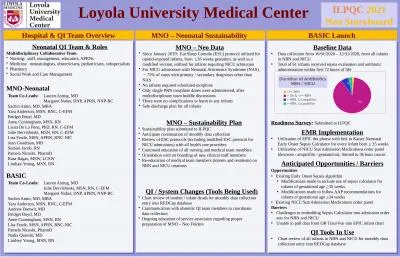PPT-NICU Basics Kirsti Martin, MD PGY5
Author : FriendlyFlamingo | Published Date : 2022-08-03
NICU Learning Objectives Learn about transitional physiology and how this relates to neonatal resuscitation Learn the differences between sick and well infants and
Presentation Embed Code
Download Presentation
Download Presentation The PPT/PDF document "NICU Basics Kirsti Martin, MD PGY5" is the property of its rightful owner. Permission is granted to download and print the materials on this website for personal, non-commercial use only, and to display it on your personal computer provided you do not modify the materials and that you retain all copyright notices contained in the materials. By downloading content from our website, you accept the terms of this agreement.
NICU Basics Kirsti Martin, MD PGY5: Transcript
Download Rules Of Document
"NICU Basics Kirsti Martin, MD PGY5"The content belongs to its owner. You may download and print it for personal use, without modification, and keep all copyright notices. By downloading, you agree to these terms.
Related Documents














